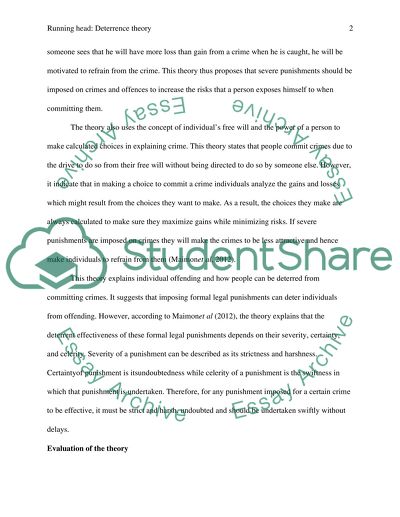Cite this document
(“Essay on Deterrence Theory Example | Topics and Well Written Essays - 1000 words”, n.d.)
Retrieved from https://studentshare.org/law/1452032-deterrence-theory
Retrieved from https://studentshare.org/law/1452032-deterrence-theory
(Essay on Deterrence Theory Example | Topics and Well Written Essays - 1000 Words)
https://studentshare.org/law/1452032-deterrence-theory.
https://studentshare.org/law/1452032-deterrence-theory.
“Essay on Deterrence Theory Example | Topics and Well Written Essays - 1000 Words”, n.d. https://studentshare.org/law/1452032-deterrence-theory.


